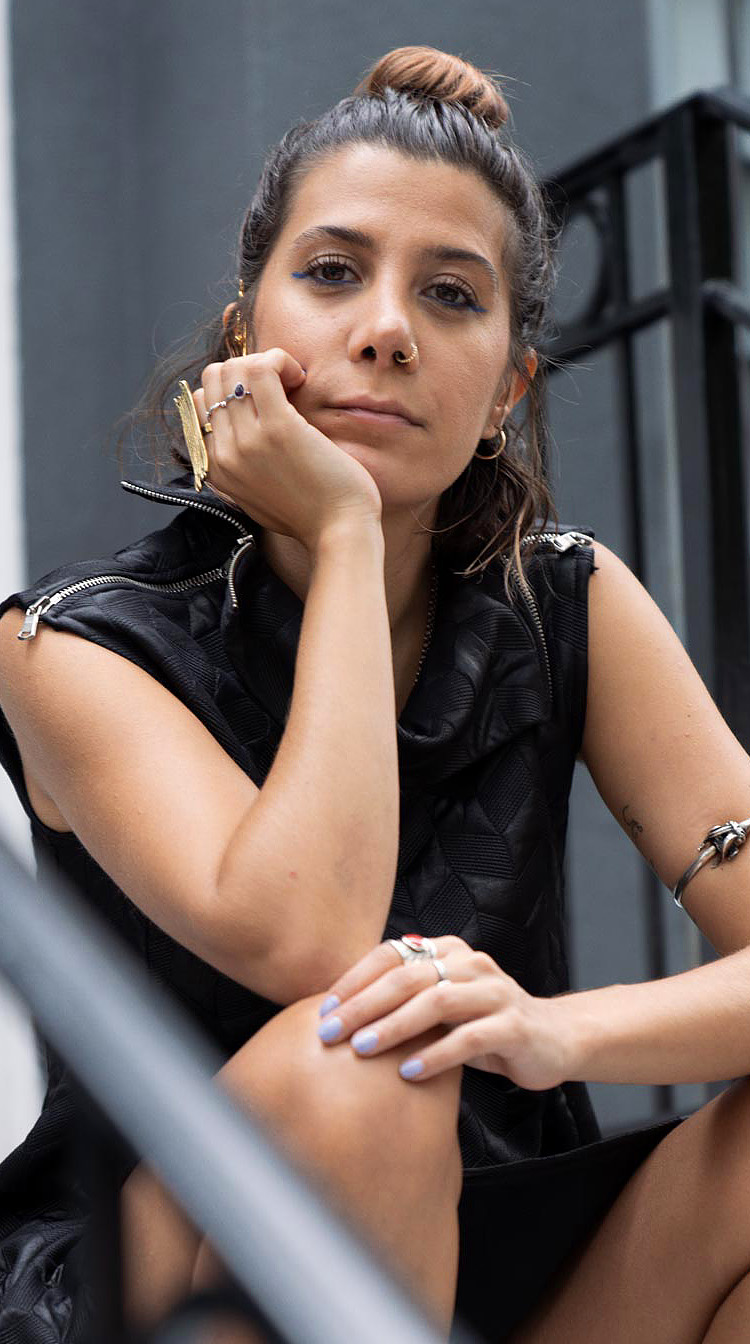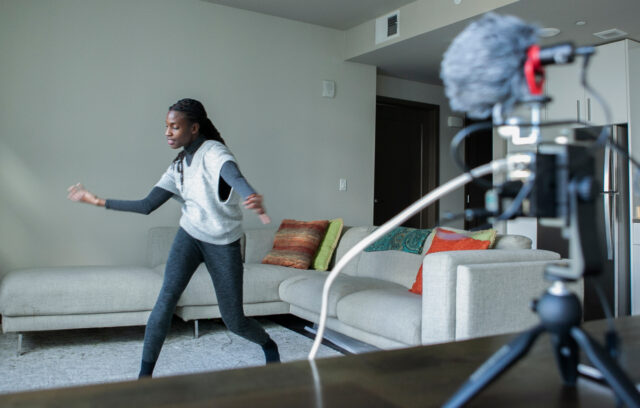How do you characterize the media you work in?
I choose the medium that fits the project best. I work primarily with time-based media, digital fabrication, specifically 3D printing, and processes like 3D scanning and 3D simulation, which have been an important part of my process. Creative writing is also a significant component of my work.
How does your practice engage with technology?
In the past eight years, my practice has focused on the nonbinary relationship between history and technology, wherein history is not considered to be the past and technology is not considered to be the future. Through archival practices and storytelling, my work weaves together complex counternarratives in opposition to the lasting influence of Western technological colonialism in the context of SWANA (Southwest Asia and North Africa).






